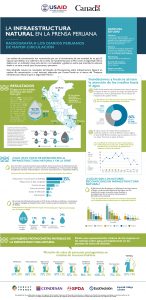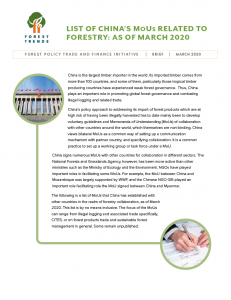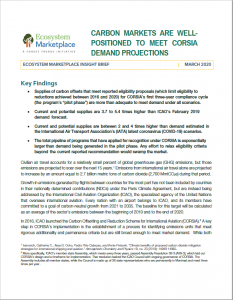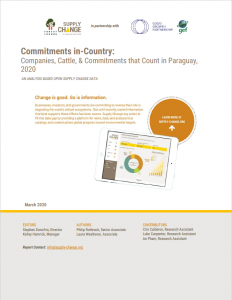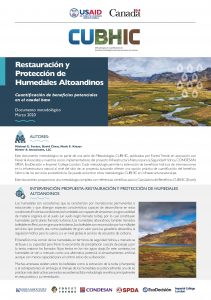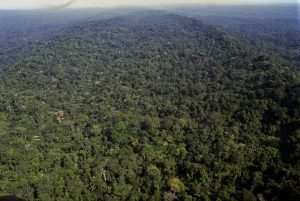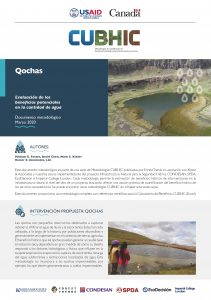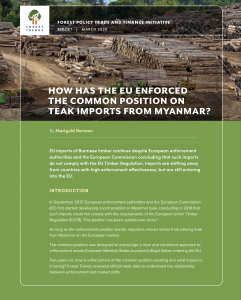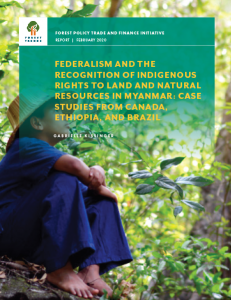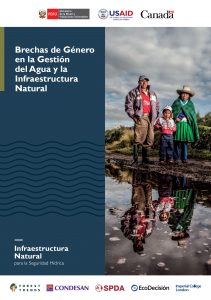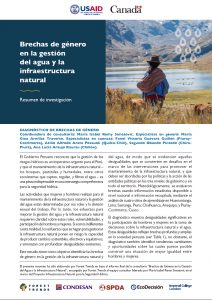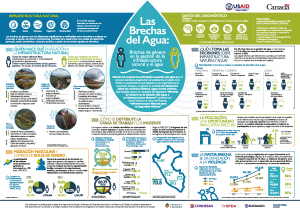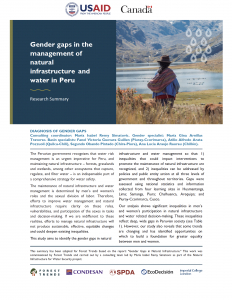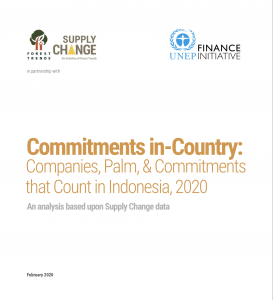Infografía: La Infraestructura Natural en la Prensa Peruana
Radiografía a los Diarios Peruanos de Mayor Circulación
By NIWS PerúLos medios de comunicación son reconocidos por ser el termómetro de una sociedad, de un país. El espacio que dedican a la cobertura de un tema tan fundamental para el Perú como la seguridad hídrica, debería ser un indicador clave para alertar a la ciudadanía y gobierno sobre qué prioridad le estamos dando a un[…]
List of China’s MoUs Related to Forestry
As of March 2020
The following is a list of MoUs that China has established with other countries in the realm of forestry collaboration, as of March 2020. This list is by no means inclusive. The focus of the MoUs can range from illegal logging and associated trade specifically, CITES, or on forest products trade and sustainable forest management[…]
CORSIA Market Analysis: Global Carbon Markets Can More than Meet Civil Aviation Demand
Global airlines are committed to delivering “carbon neutral growth” in flights between countries, even if international air traffic doubles or triples, as some are projecting. That commitment kicks in next year, and a key vehicle for meeting it is the Carbon Offsetting and Reduction Scheme for International Aviation, or CORSIA market. Created through the UN’s […]
Email Signup
Subscribe to any of Forest Trends’ mailing lists to keep up with the news, publications, and events that interest you.
Having Trouble?
If you experience any technical difficulties on our site, please contact Genevieve Bennett, Communications Manager.
Commitments in-Country: Companies, Cattle, & Commitments that Count in Paraguay
By Philip Rothrock, Laura WeathererOver the past few decades, Paraguay has had one of the highest rates of forest loss in the world, largely due to rapid expansion of cattle ranching, especially in the western Chaco region. Here, cattle are raised to produce beef, leather, and dairy products; most of the leather and beef is exported internationally to satisfy […]
Metodologías CUBHIC: Restauración y Protección de Humedales
By Michael E. Foster, David Chen, and Mark S. KieserEste documento metodológico es parte de una serie de Metodologías CUBHIC, publicadas por Forest Trends en asociación con Kieser & Associates y nuestros socios implementadores del proyecto Infraestructura Natural para la Seguridad Hídrica, CONDESAN, SPDA, EcoDecisión e Imperial College London. Cada metodología permite la estimación de beneficios hídricos de intervenciones en la infraestructura natural al[…]
Dependent Documents
Metodologías CUBHIC: Qochas
By Michael E. Foster, David Chen, and Mark S. KieserEste documento metodológico es parte de una serie de Metodologías CUBHIC, publicadas por Forest Trends en asociación con Kieser & Associates y nuestros socios implementadores del proyecto Infraestructura Natural para la Seguridad Hídrica, CONDESAN, SPDA, EcoDecisión e Imperial College London. Cada metodología permite la cuantificación de beneficios hídricos de intervenciones en la infraestructura natural al[…]
Dependent Documents
Calculadora de Beneficios CUBHIC: Qochas
By Michael E. Foster, David Chen, and Mark S. KieserHow has the EU enforced the common position on teak imports from Myanmar?
EU imports of Burmese timber continue despite European enforcement authorities and the European Commission concluding that such imports do not comply with the EU Timber Regulation. Imports are shifting away from countries with high enforcement effectiveness, but are still entering into the EU.
By Marigold NormanEU imports of Burmese timber continue despite European enforcement authorities and the European Commission concluding that such imports do not comply with the EU Timber Regulation. Imports are shifting away from countries with high enforcement effectiveness, but are still entering into the EU.
Dependent Documents
EUはミャンマーチークの輸⼊に関 する共通の⽴場(Common Position)をどう取締っているか?
By Marigold Norman미얀마산 티크에 대해 유럽연합(EU)은 어떤 방식으로 공동입장(COMMON POSITION)을 집행했나?
By Marigold NormanFederalism and the Recognition of Indigenous Rights to Land and Natural Resources in Myanmar: Case Studies from Canada, Ethiopia, and Brazil
By Gabrielle KissingerThis report explores what indigenous and customary rights have been allowed and recognized in three countries that have federal systems of government and also have extensive indigenous communities and groups—Canada, Ethiopia and Brazil. The major focus of this brief is on Canada, as it was the focus of an indigenous exchange which occurred in October/November[…]
Brechas de Género en la Gestión del Agua y la Infraestructura Natural
Este estudio tiene como objetivo identificar las brechas de género en la gestión de la infraestructura natural y del agua, de modo que se evidencien aquellas desigualdades, las cuales deben abordarse como desafíos para las políticas y la acción de las entidades públicas en los tres niveles de gobierno y en todo el territorio en[…]
Commitments in-Country: Companies, Palm, & Commitments that Count in Indonesia, 2020
By Philip Rothrock and Laura WeathererPalm oil production is a significant driver of deforestation in Indonesia and is propelled by growing domestic and international demand for palm oil-containing consumer goods, chemicals, and biofuel. For companies that produce in or source palm oil from Indonesia, exposure to deforestation presents a serious risk to a company’s business and can have adverse impacts[…]

